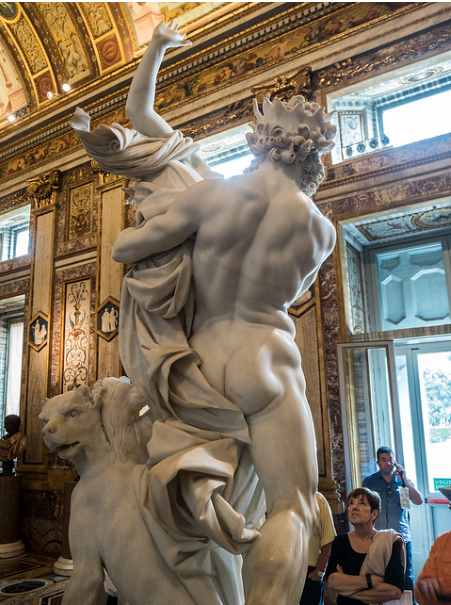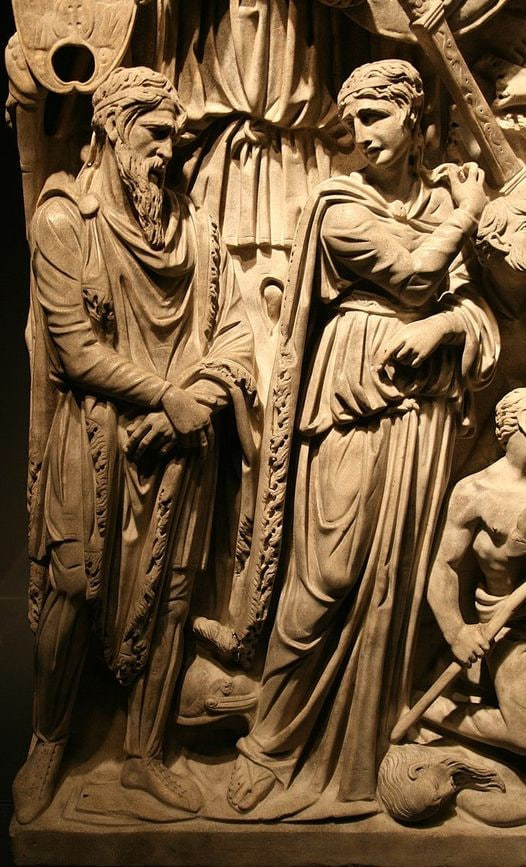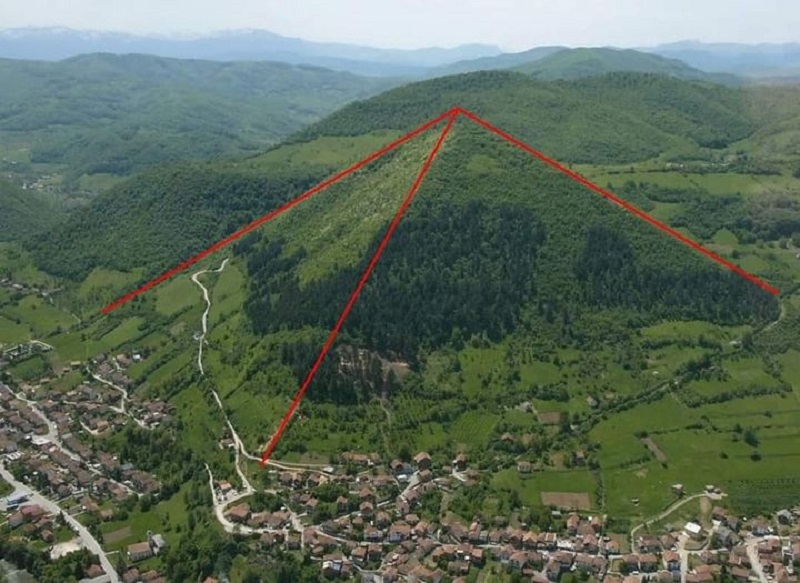In the realm of Baroque art, few works are as captivating and emotionally charged as Gian Lorenzo Bernini's "Ratto di Proserpina" or "The Rape of Proserpina.
Exploring the Magnificence of Bernini's Masterpiece
In the realm of Baroque art, few works are as captivating and emotionally charged as Gian Lorenzo Bernini's "Ratto di Proserpina" or "The Rape of Proserpina." This monumental marble sculpture, created between 1621 and 1622, stands as a testament to Bernini's exceptional talent and mastery of the art form. In this blog post, we embark on a journey to delve into the intricacies and significance of Bernini's masterpiece, exploring the themes, techniques, and historical context that surround this iconic work of art.
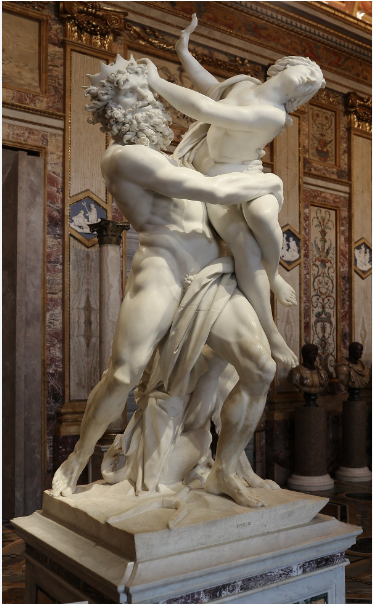
Unraveling the Mythological Narrative
At the heart of Bernini's "Ratto di Proserpina" lies a powerful mythological narrative drawn from ancient Roman mythology. The sculpture depicts the dramatic moment when Pluto, the god of the underworld, abducts Proserpina, the daughter of Ceres, the goddess of agriculture. Bernini captures the tension and emotion of the scene with remarkable skill, freezing the action in time as Pluto's hand grasps Proserpina's thigh while she struggles in vain to break free. The intricate details of the sculpture, from the flowing drapery to the contorted expressions of the figures, imbue the scene with a sense of urgency and drama.
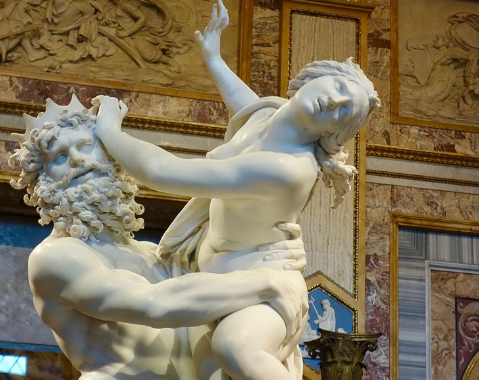
The Dynamic Composition and Technical Mastery
One of the most striking aspects of Bernini's "Ratto di Proserpina" is its dynamic composition and technical brilliance. The sculptor deftly manipulates the marble to create a sense of movement and fluidity, with Proserpina's body appearing to twist and contort in response to Pluto's forceful grip. Bernini's mastery of chiaroscuro, or the use of light and shadow, further enhances the drama of the scene, casting deep shadows and highlights that accentuate the tension between the figures. The intricate details of the sculpture, such as the delicate folds of Proserpina's drapery and the sinewy muscles of Pluto's body, attest to Bernini's consummate skill as a sculptor.
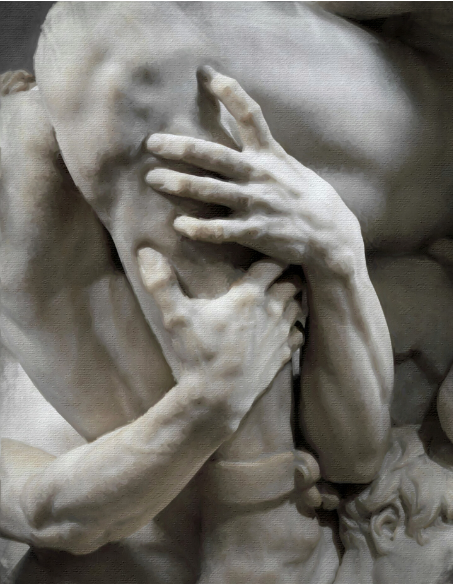
Symbolism and Allegory in Baroque Art
Beyond its aesthetic beauty, Bernini's "Ratto di Proserpina" is rich in symbolism and allegory, reflecting the broader cultural and artistic currents of the Baroque period. The abduction of Proserpina by Pluto was often interpreted as a metaphor for the cycle of life and death, with Proserpina representing the earth's fertility and Pluto symbolizing the underworld and the forces of decay and renewal. The intense emotionalism and theatricality of the Baroque style, exemplified by Bernini's sculpture, sought to evoke profound emotional responses in viewers and convey complex philosophical and theological concepts.

A Timeless Masterpiece and its Enduring Legacy
In conclusion, Gian Lorenzo Bernini's "Ratto di Proserpina" stands as a pinnacle of Baroque artistry and a timeless masterpiece that continues to captivate and inspire audiences centuries after its creation. Through its compelling narrative, dynamic composition, and rich symbolism, the sculpture embodies the ethos of the Baroque period while transcending the confines of time and space. As we gaze upon Bernini's masterpiece, we are reminded of the enduring power of art to evoke emotion, provoke thought, and illuminate the human experience. In an age of rapid change and uncertainty, the timeless beauty and profound meaning of works like the "Ratto di Proserpina" serve as a beacon of inspiration and enlightenment for generations to come.
As we marvel at the intricacies of Bernini's craftsmanship and the emotional depth of his composition, we are reminded of the enduring legacy of one of the greatest sculptors in history. The "Ratto di Proserpina" continues to inspire awe and admiration centuries after its creation, reaffirming Bernini's rightful place among the pantheon of artistic masters.
